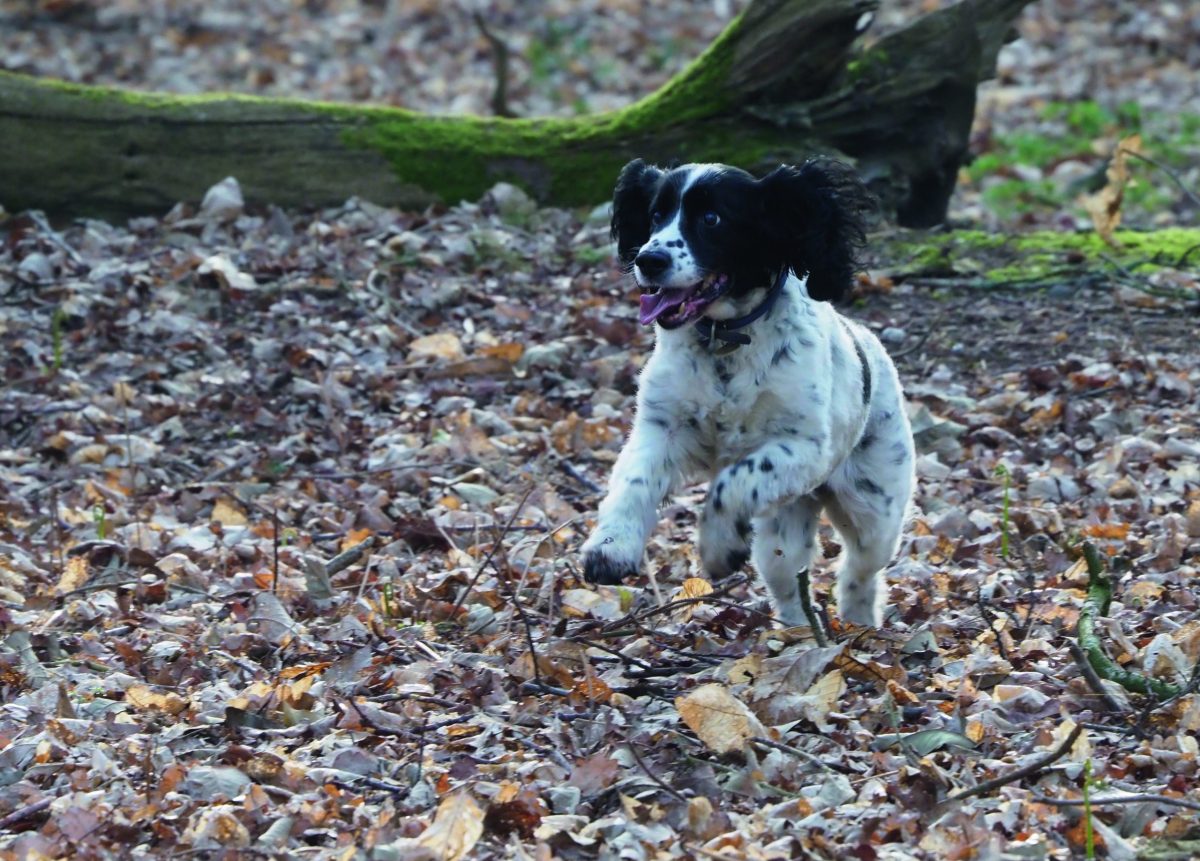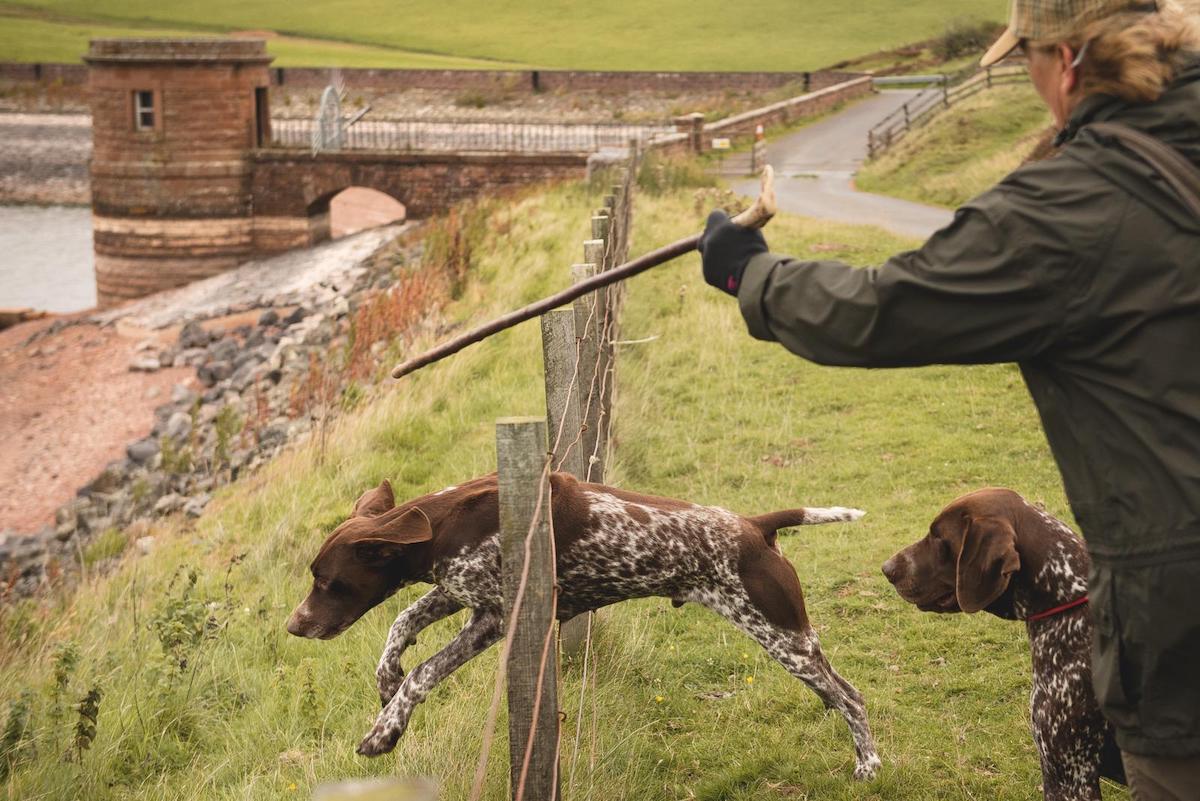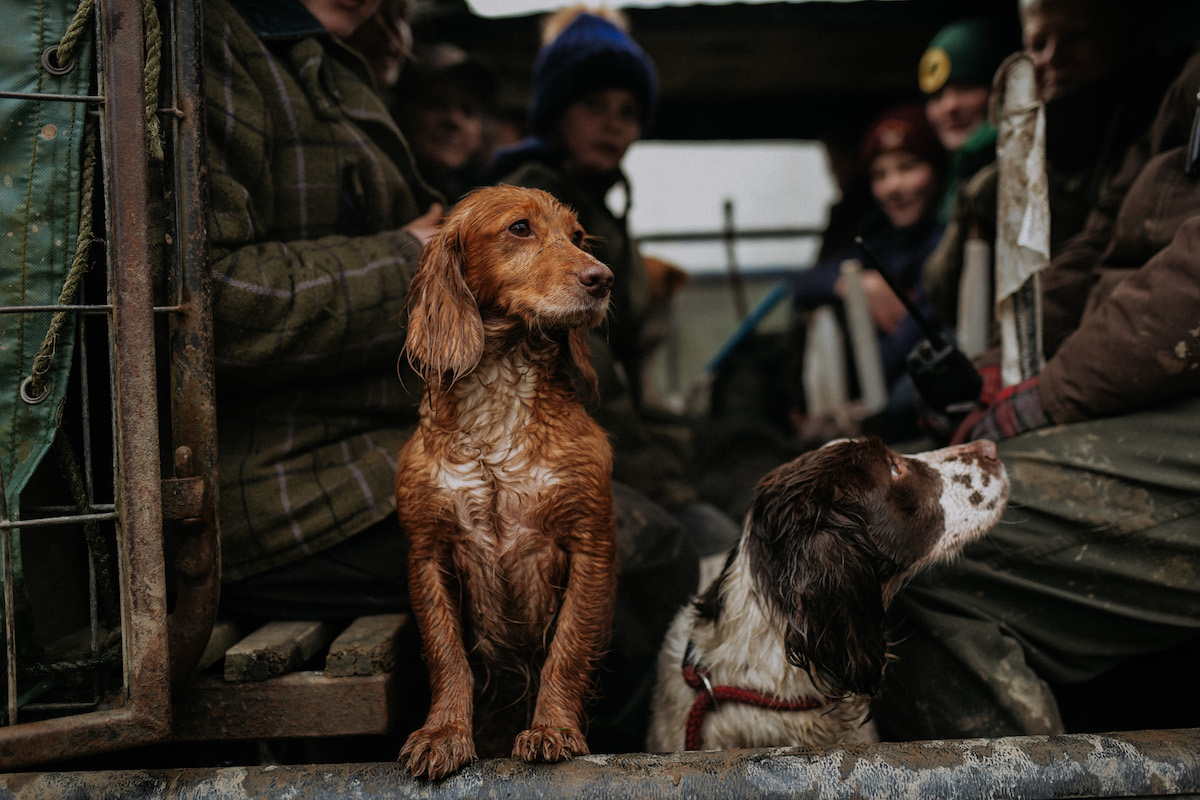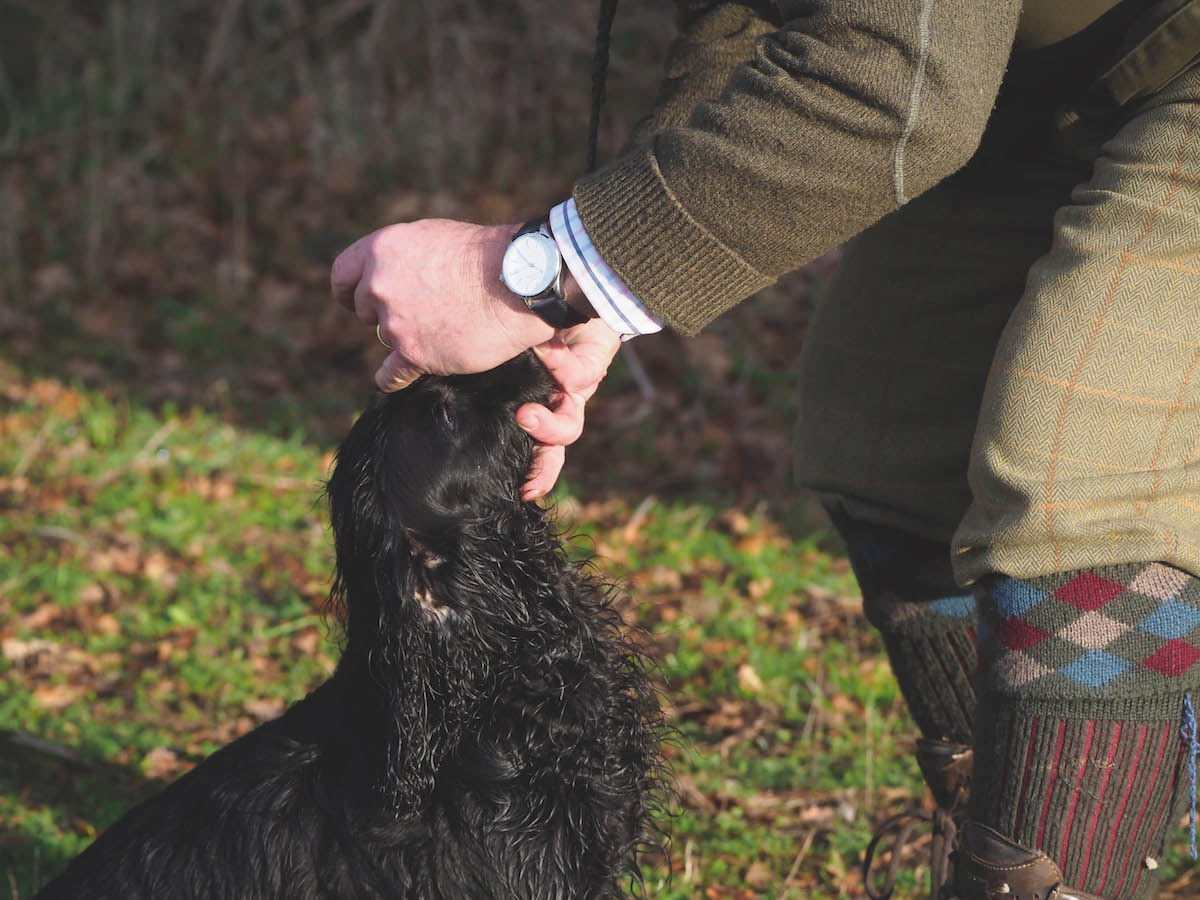Putting a dog to sleep – it’s the end of an era
David Tomlinson's recent loss of a much-loved dog has made him look more closely at when you decide to let your faithful friend go

English springer Rowan, pictured two days before her 16th birthday
Putting a dog to sleep is never an easy decision to have to make. When it comes to euthanasia, dogs have a much easier time than we humans. I’m sure more dogs have a vet-assisted death than die naturally. I remember a shooting friend bemoaning the fact that he had never had a dog die naturally, but had always been forced to make the final decision about putting a dog to sleep. It’s never an easy one to make, but many times you have to do it.
Putting a dog to sleep
I remember calling out the vet to put down a 12-year-old bitch of mine who was suffering from cancer. When the vet arrived she rang the doorbell, prompting the bitch to bark. I was half hoping that the vet would look at my dog and say that she was far too healthy to put down, but of course she didn’t. I admire people who can put down their own dogs. Over the years I’ve met several who simply shoot their old dogs, sparing them the visit to the vet. However, it’s something that I couldn’t do. It’s not that I’m squeamish, but pulling the trigger on an old friend would feel a bit like betrayal, an unnecessarily violent end that I couldn’t come to terms with. Rowan was euthanised in the back of my car. She was so far gone that I’m sure she didn’t even feel the needle. The veterinary practice I use is a partnership, not a member of a corporate group. I have no doubt this explains that when I asked how much I owed, the vet replied that “we don’t charge for euthanasia”, a pleasing gesture at the stressful time of putting a dog to sleep. (Read more on independent vets here.)
Happy hunting grounds
For the first time in 39 years, there’s not a black-and-white spaniel in the Tomlinson household. My Rowan went to the happy hunting grounds, at the venerable age of 16 years, six months and three weeks. Losing a dog is always sad, and for many people it’s a more traumatic experience than losing members of the family. I admit that I was stricken with grief when Rowan’s grandmother died before her ninth birthday, but my sadness with Rowan was tempered by the fact that she had such a long and happy life.
Springers are one of our longest-lived breeds, but even so, the average span is a mere 12 years. It was only in the last few weeks of her life that Rowan started to look her age, as she lost both weight and muscle tone, and her eyesight deteriorated. But although partially deaf, she still heard and responded to the whistle. (Read more on how to keep an old springer going strong here.)
The three Ws
I have always argued that the test of whether you should keep a dog alive are the three Ws: wagging their tail, wolfing their food and wanting to go for walks. There wasn’t a lot of tail wagging in her last weeks, but she continued to wolf down her food and still went happily for walks.
Dogs usually tell you when they’ve had enough. One morning she didn’t want to either walk or eat, so a visit to the vet was booked for the earliest available appointment. I buried her in our orchard, with 40 purple sensation iris bulbs planted on top of her grave. Yes, I shed a tear, but it was more out of self-pity than for my dog, whose time had come.
Old dogs dying
Some years ago I wrote in this column about putting a dog to sleep and I had an email from a reader who said she never was upset when her old dogs died, as by then they had lost much of their character. It’s true. Rowan used to amuse us by stretching out on the floor with her back legs splayed out behind her, but I can’t remember the last time I saw her do that. She was also a great smiler, wrinkling up her face when she met a friend, canine or human, while she loved to greet you with a shoe.
It’s little things like these that give dogs much of their personality, but they tend to lose these habits as they age, even if their enthusiasm for food doesn’t diminish.
Rowan’s death was significant, as it marked the end of my long line of spaniels. My first springer, Penny, was unusual for a working-bred springer in that she was black, white and tan, a colouring that never recurred in the next seven generations. Despite once using a liver-and-white stud dog (Rowan’s grandfather), black-and-white offspring dominated. Rowan had just two liver-and-white siblings, but seven that were black and white.
Most of us remain loyal to a single breed of dog during our lifetime, and even to the same colour. I’ve known many labrador owners who wouldn’t dream of owning anything other than a black dog, and wouldn’t consider a yellow, let alone a chocolate. I remained faithful to black-and-white spaniels because I liked them, though some were much better workers than others. In each of the seven generations there were dogs that were talented workers, several that were average and others that were not very good at all.
Outbreeding
My line of springers wasn’t Kennel Club registered, simply because the foundation bitch wasn’t. However, all the studs dogs used were registered and all but the last one were from working stock. Rowan’s sire was a show spaniel, albeit from a kennel that worked its dogs. It was an interesting experiment, as it was the ultimate in outbreeding since there were no shared bloodlines between dam and sire. I have heard many so-called experts claim that such a cross between working and show lines is a mistake, but I disagree. I bred a litter of strong, healthy puppies, several of which went on to become sound workers, while others became loyal pets. They were handsome, too.
I am sure that outcrossing also contributed to Rowan’s healthy life, though her longevity must also have been a matter of luck. She was always exercised, though never hard worked, while she was also well fed, having been weaned on chicken wings, then eating a BARF diet throughout her life. The raw food was supplemented by Salters, a hypoallergenic dog food with extra virgin olive oil. The latter proved to be particularly useful when travelling away from home, or for use as training treats.
Looking after an old dog is a responsibility, so there’s a considerable amount of relief that I don’t have to worry about Rowan any more. Life is going to be considerably simpler in future with just Emma, my four-year-old sprocker, who finally becomes top dog. But there’s no doubt that I will miss not having a springer around.








